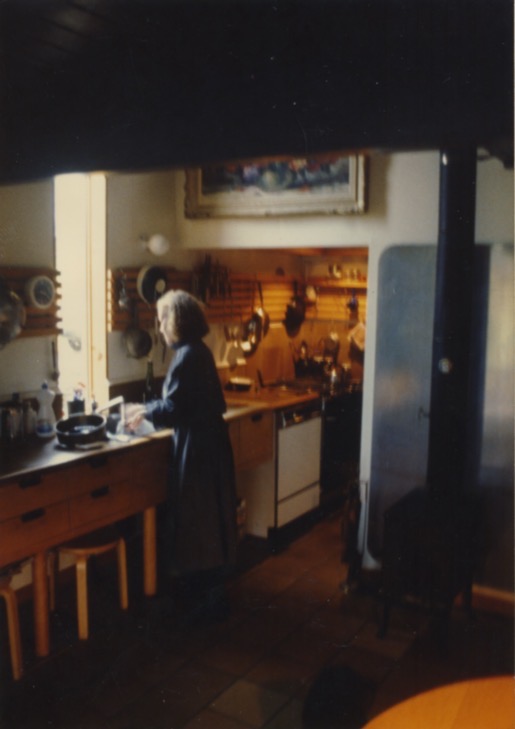I recently reviewed an upcoming book about home economics by Anna Myjak-Pycia, Another Modernism. Home economics is often derided as having been too traditional, to much a celebration of homebound femininity, yet it had a lasting influence on the way that we live—and especially work—in our homes. I wrote about the work of Ellen Richards, Christine Frederick, and Lillian Gilbreth, self-styled “domestic engineers,” in Home, and I took it to heart when, shortly after, my wife and I built our own home, the Boathouse (see The Most Beautiful House in the World), Shirley was small (in stature not presence) and I am tall, and the kitchen suited us both. There were no cabinets. A long wooden rack served the same function as the pegboard in Julia Childs’s kichen, a place to hang utensils, knives, pots and pans, a scale, a clock, etc. All other storage was in drawers, some as deep as file drawers, that were below the counter but not all the way down to the floor. Dishes and glasses were in a nearby freestanding cupboard. We finished the top of the counter, which was built by my friend Jean-Louis Bévière, with left over floor tiles. I made the counter a conventional 24 inches deep, but it should have been deeper, say 30 inches, to accommodate appliances.
The photo was taken by the architect Jerzy Soltan, who dropped in unexpectedly one day.

